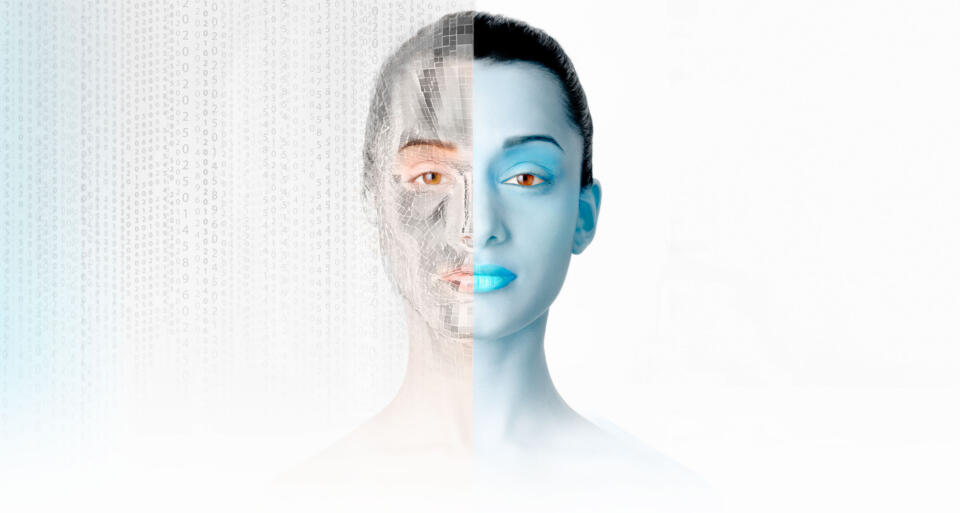
Homo sapiens 2.0
Sjöblad calls himself a biohacker and sees the dawning of an age of human augmentation. A reason to be alarmed? Not necessarily. Cyborgs are already among us today: deaf people who, thanks to being linked to sensors, are able to hear again or blind people who can connect them- selves to a mini camera and are able to see. So-called brain-computer interfaces (BCI), a promising field of re- search, make it possible to control machines by means of thoughts. As far back as in 2002, AI scientist Kevin War- wick, after some practice, managed to control a robotic arm by means of a “braingate” (a microchip connected to the nerve fibers in the lower arm by 100 delicate elec- trodes) via a wireless local area network (WLAN) and the Internet.
I was born human. But this was an accident of fate [...]. I believe it’s something we have the power to change
AI scientist Kevin Warwick
In 2016, a test person was at the controls of a flight simulator via BCI. The pioneering tech billionaire Elon Musk with his Neuralink startup is planning to con- nect the human brain to machines via an interface, too. During a presentation in summer 2019 he demonstrated how extremely thin wires are implanted into the brain and is currently pursuing government approval of the technology. Drive-by-wire-systems such as “Space Drive” from Schaeffler provide an important bridge for translating BCI impulses into real movements. Humans are also integrating themselves with virtual worlds in ways that literally put the experience at their fingertips: South Korean scientists recently presented a data glove with which imaginary things can be haptically experi- enced thanks to a host of tiny pneumatic actuators: an- other harbinger of the Cyborg age.
What brain computer interfaces (BCI) may make possible

Cloud memory
”I can’t remember” is a sentence that will die out thanks to BCI. BCIs make direct connections to the internet and uploading of thoughts into a cloud possible.

Telepathy
When thoughts are transformed into data they can be transmitted from one person to another one. This, for instance, simplifies communication with people suffering from hearing or speech impairments.

Telerobotics
Robots execute human thoughts in order to perform tasks that are difficult, dangerous or impossible for us (e.g. in surgical procedures and rescue missions or in space travel).

Compensating for physical impairments
BCIs can compensate for disorders in the human nervous system and thereby eliminate impairments of motor functions.


